The MCP Framework: How Model, Context, and Protocol Are Changing the Game in Voice and Agentic AI
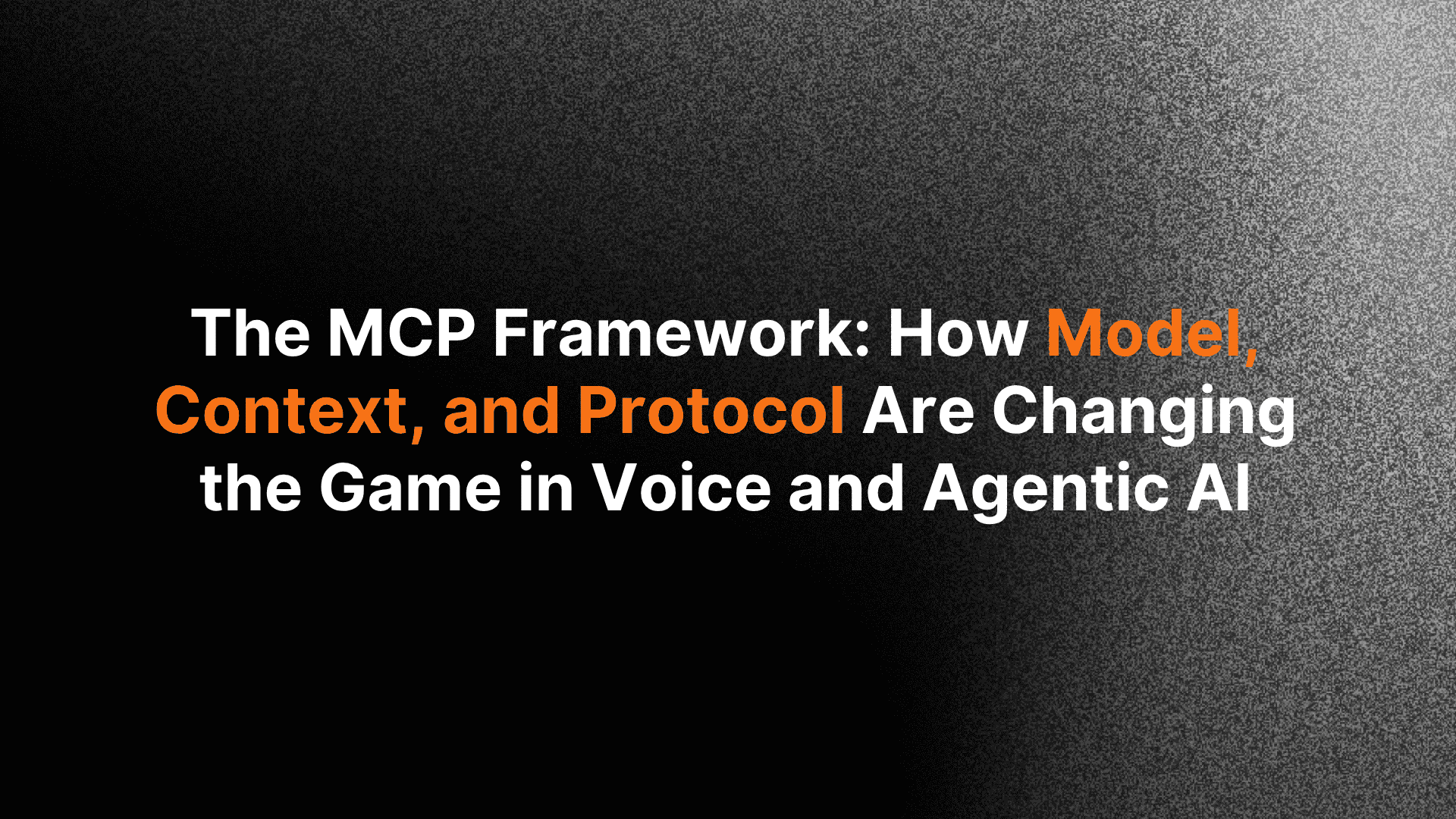
Index
- Introduction: Why Voice Agents Still Feel Dumb
- What is MCP Anyway?
- Model: The Brain That Does the Talking
- Context: The Part That Actually Remembers You
- Protocol: The Invisible Script Behind It All
- Let’s Bring It Together (A Real Example)
- Tools We Actually Use That Follow MCP
- Why MCP Isn’t Just Another Buzzword
- Things You’ll Probably Mess Up
- What’s Next for MCP and Agents
- Final Words (If You Made It This Far)
- FAQs
- References
Introduction: Why Voice Agents Still Feel Dumb
Let’s be honest most voice agents today are... not great. They struggle with even basic memory, get confused easily, and often leave users frustrated. You might hear them say "How can I help you today?" with perfect pronunciation, but the second you go off-script, the system falls apart. It feels less like you're talking to a helpful assistant and more like you're stuck in a loop with a robotic FAQ machine.
This isn’t because the technology isn’t there. We have powerful language models, real-time voice transcription, and near human TTS. What we don’t have, in most cases, is structure. That’s where the MCP Framework comes in.
MCP stands for Model, Context, and Protocol. And when you understand how each layer works together, it opens up a new way to build voice agents that are actually useful, responsive, and dare we say it pleasant to interact with.
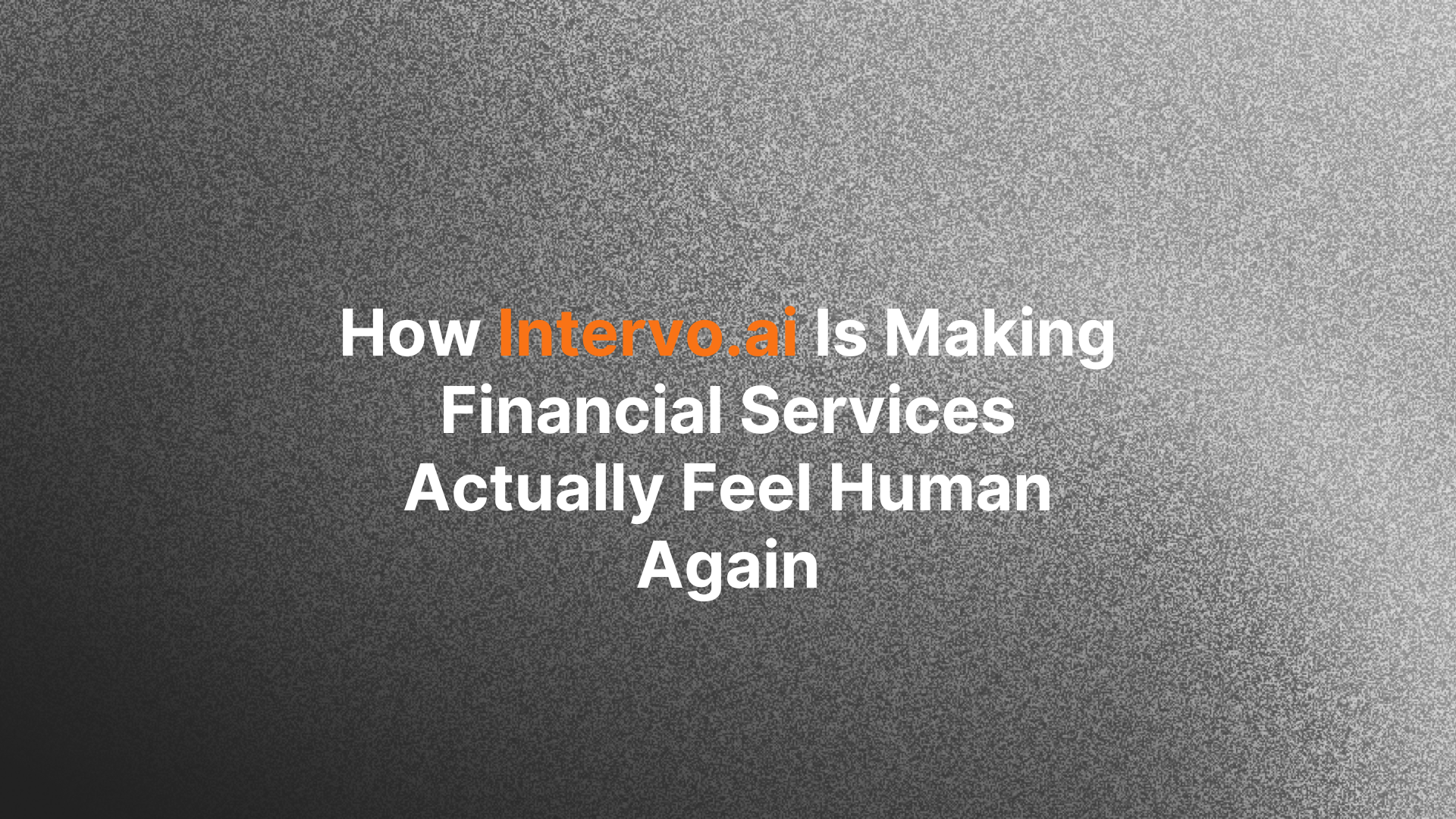
What is MCP Anyway?
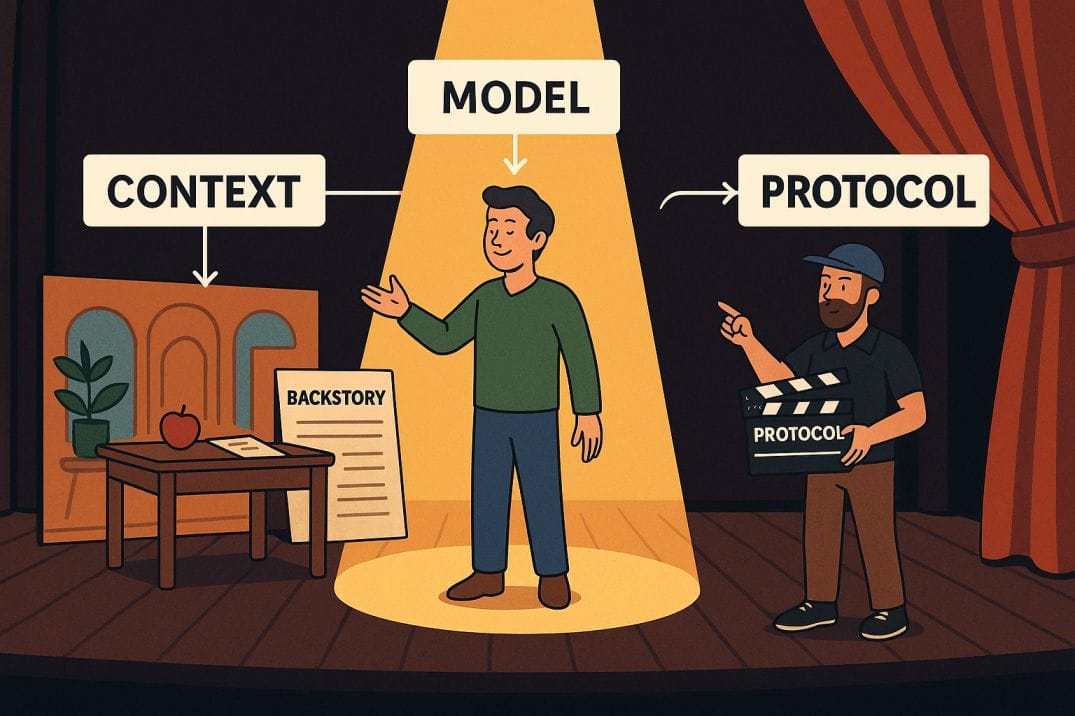
MCP isn’t just another acronym to memorize. It’s a mental model that helps you design AI agents that aren’t just smart in theory, but actually effective in practice.
Here's what each part means:
- Model: This is your language model. It generates responses and reasons through tasks.
- Context: This is the memory and data layer. It gives the model something to work with.
- Protocol: This is the logic layer. It decides what the agent should do next, based on state and inputs.
You can think of it like a play:
- The Model is the actor.
- The Context is the set, script, and backstory.
- The Protocol is the director, guiding the performance.
When all three come together, you get something that doesn't just talk it actually acts.
Model: The Brain That Does the Talking
The Model is the part most people focus on, and for good reason. Large Language Models (LLMs) like GPT-4o, Claude, or Gemini are incredibly good at understanding natural language, generating text, and even reasoning through complex tasks.
But here’s the catch: they don’t remember anything on their own. If you don’t feed them the right information every single time you call them, they’ll behave like a goldfish. Smart, but forgetful.
That means the model is powerful, but limited without help. That help comes from...
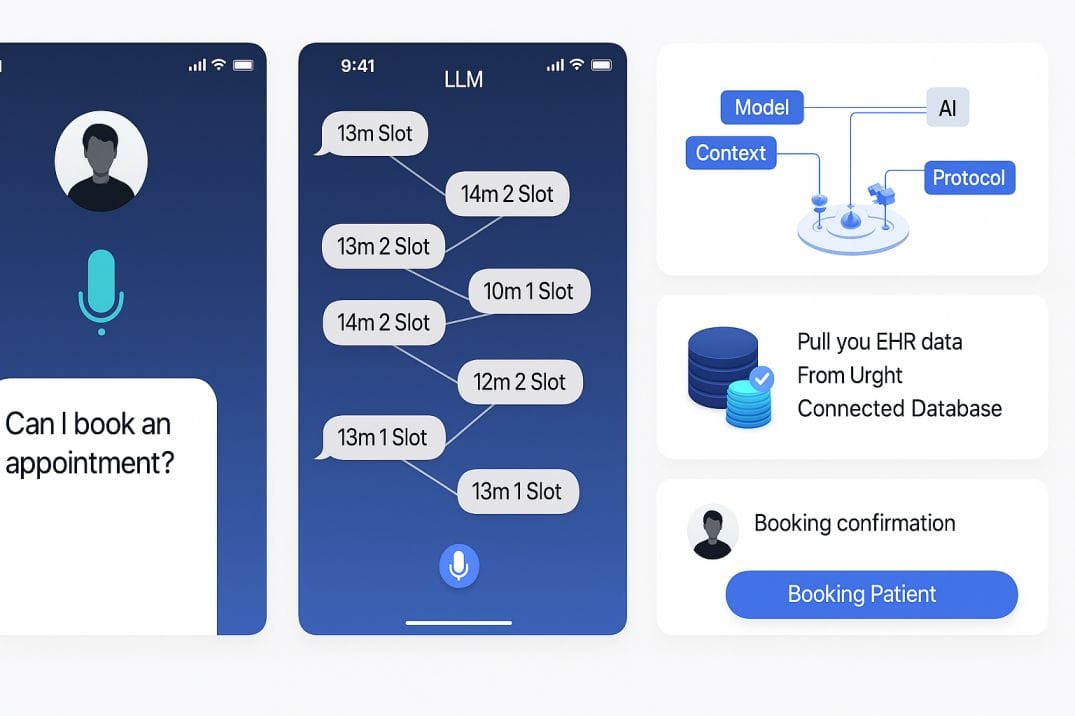
Context: The Part That Actually Remembers You
Context is what turns a smart model into a smart agent.
It could include:
- The user’s name and preferences
- The last few things they said
- Data pulled from APIs (like product inventory or calendar availability)
- Embeddings from a knowledge base
- The current state of the conversation
The key is: the model only knows what you tell it. Context is how you tell it more than just the immediate input.
For example, if someone says, "Can I reschedule my appointment?" the model needs context like:
- What appointment?
- Who are they?
- What times are available?
Context transforms a generic assistant into a personalized one.
Protocol: The Invisible Script Behind It All
Protocol is the least glamorous part of MCP, but arguably the most important.
This is where you define:
- What the agent's goal is
- What steps it needs to follow
- How to handle errors or unexpected input
- When to call APIs, ask questions, or hand off to another agent or human
Think of Protocol as the choreography. It ensures the agent doesn’t just wander aimlessly or repeat itself. It provides structure, flow, and fallback options.
If you’ve ever used an AI agent that asked the same question twice or got stuck in a loop, that’s a protocol problem.
Let’s Bring It Together (A Real Example)
Imagine you're building a voice agent to help patients book a doctor's appointment.
Model: GPT-4o interprets what the patient is saying and responds fluently.
Context: Pulls up the patient's name, medical history, and any previously booked appointments. Also pulls in doctor availability from an external system.
Protocol:
- Start with a greeting.
- Ask what the patient needs.
- If it's an appointment, ask for preferred times.
- Cross-reference availability.
- Confirm the booking.
- Send a confirmation message.
- If there’s an error (no slots available), offer alternatives.
Each layer plays a role, and together they create a smooth, human-like experience.
Tools We Actually Use That Follow MCP
You don’t have to build everything from scratch. Several modern tools embrace the MCP philosophy:
| Tool | Description |
|---|---|
| LangGraph | Lets you define stateful, branching logic (great for protocols) |
| CrewAI | Agent-to-agent collaboration with role definitions |
| Autogen | Microsoft’s framework for multi-agent workflows |
| Intervo.ai | Voice AI framework built around real-time model/context/protocol separation |
These tools help take the mental model of MCP and make it real in production systems.
Why MCP Isn’t Just Another Buzzword
MCP isn’t theory. It solves real problems:
- No more memory loss: Context ensures continuity.
- No more hallucinated actions: Protocol keeps the agent grounded.
- No more one-size-fits-all replies: Models + context create personalization.
- No more dead ends: Protocols define what happens next.
If you're building serious AI, especially for voice or real time interaction, MCP brings order to chaos.
Things You’ll Probably Mess Up
Here are some common mistakes when working with MCP:
- Overloading context: More isn’t always better. Be selective.
- Skipping protocol design: Even basic flows need fallback plans.
- Relying too much on the model: LLMs are great, but they need structure.
- Assuming context persists: It doesn't. You have to persist it deliberately.
MCP is powerful, but only if you respect the boundaries and design each layer with intention.
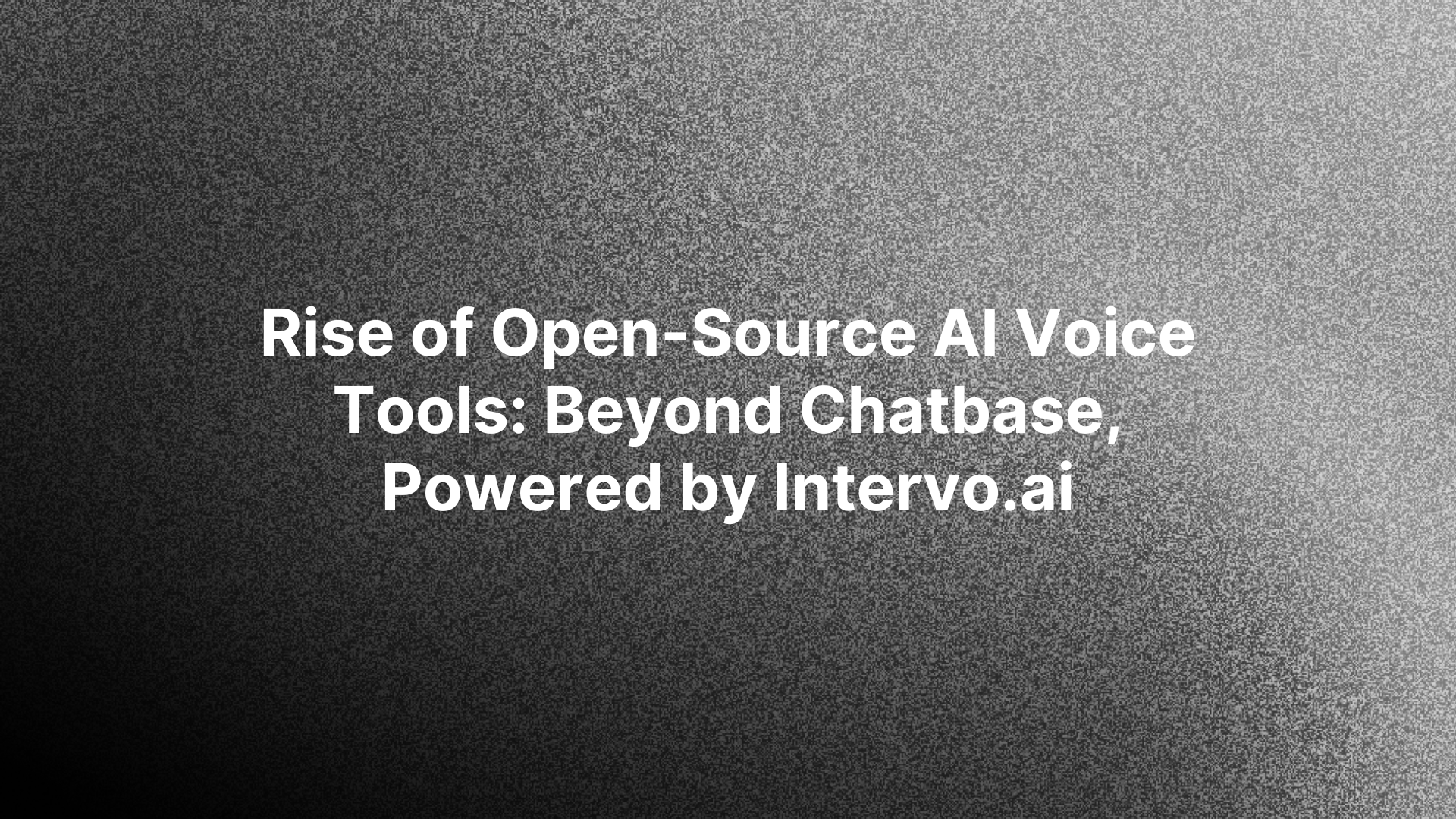
What’s Next for MCP and Agents
We're still early. But here's where it's heading:
- Visual tools to design Protocols like flowcharts
- Built-in context modules (plug in your CRM or calendar easily)
- Voice-first agent SDKs that come with MCP baked in
- Agent debuggers that show you the flow across model, context, and protocol in real time
In other words, building smart, capable agents is about to get a lot more accessible.
Final Words (If You Made It This Far)
If you’re serious about building AI agents that don’t just sound smart but actually are smart, MCP is the foundation you want to build on.
It brings order, clarity, and structure to what would otherwise be a pile of prompt engineering spaghetti.
Start simple:
- Pick a model
- Feed it meaningful context
- Define a basic protocol
Then iterate. That’s the magic of MCP. It grows with you.
To learn more about how our voice agents work or to see our security framework in action visit us at
FAQs
1. Do I need MCP if I'm using a chatbot builder?
Only if your bot needs to remember things or complete tasks. Otherwise, a simple flow might work.
2. Can MCP work with any model?
Yes. GPT, Claude, Mistral, Gemini—you name it. MCP is model-agnostic.
3. What’s the best way to store context?
Use a vector store or structured database. Just don’t stuff everything into the prompt.
4. Is this only for voice agents?
No. It works great for chat, internal tools, and even background automation.
5. What's the difference between context and protocol?
Context is what the agent knows. Protocol is what it does with that knowledge.
6. Where do most agents break down?
In the protocol layer. That’s where things go off the rails if not carefully planned.
7. Where can I see MCP in action?
Check out Intervo.ai. It’s open-source and built entirely around MCP principles.
References
1.LangGraph: State Machines for LLM Agents
2.Autogen: Multi-Agent Systems
3.The Rise of Agentic Systems: From Bots To Agents
4.AI Agent Architectures: The Ultimate Guide With n8n Examples

